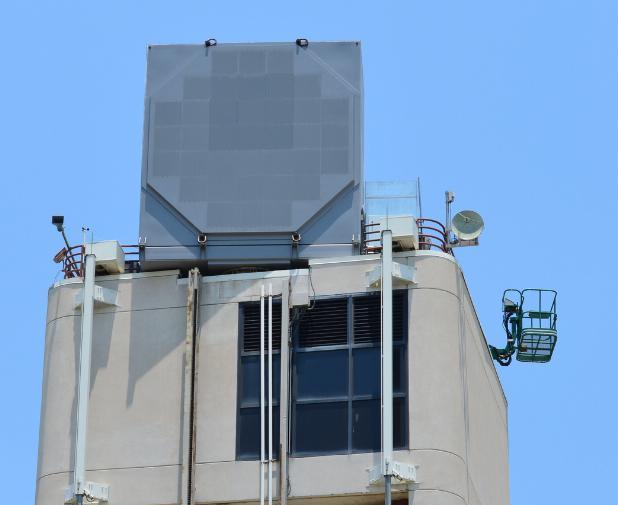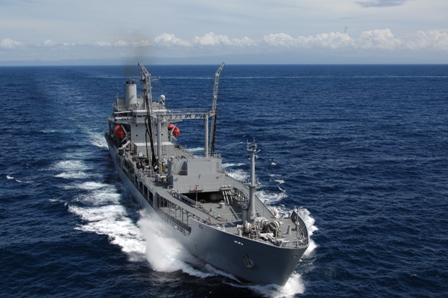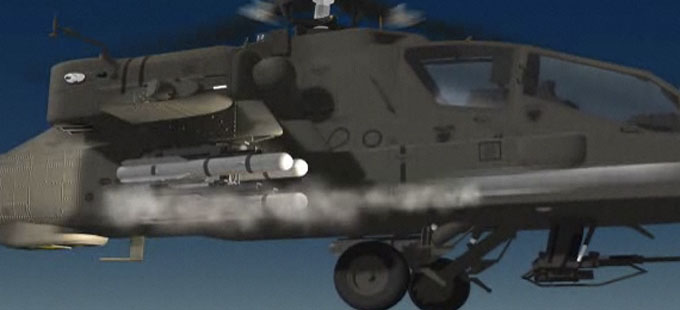
Partially-populated, full-sized Air and Missile Defense Radar array. Photo: Raytheon Company
TEWKSBURY, MASSACHUSETTS (BNS): Raytheon Company has completed two critical programme reviews for the new Air and Missile Defence Radar (AMDR), the U S Navy's next generation integrated air and ballistic missile defence radar.
Customer, programme and technical stakeholders from a host of Navy programme offices and the Missile Defence Agency participated in the hardware Preliminary Design Review and the Integrated Baseline Review, Raytheon said.
The programme is on schedule for seamless integration onboard the DDG 51 Flight III destroyer.
"The maturity of our technologies, processes and infrastructure serves as a solid foundation for our ongoing development," said Raytheon's Kevin Peppe, vice president of Integrated Defence Systems' Seapower Capability Systems business area.
"With the technology risks retired in the earlier Technology Development (TD) phase and cost reduction initiatives already implemented, we're now fully focused on the fabrication of the AMDR system and completion of the Engineering & Manufacturing Development (EMD) phase."
Raytheon's AMDR is built with radar building blocks (RMAs) that can be grouped to form any size radar aperture, either smaller or significantly larger than today's SPY-1D (V).
All cooling, power, command logic and software are inherently scalable. This innate scalability allows for new instantiations, as well as back-fits, without significant development costs.
Leveraging Gallium Nitride (GaN) technology to optimise power in a smaller size, taking up less space onboard, with lower power and cooling demands, AMDR provides the DDG 51 Flight III with service life allowances to support growth for adding capabilities or adapting for future threats.
 Previous Article
Previous Article Next Article
Next Article









The Indian Air Force, in its flight trials evaluation report submitted before the Defence Ministry l..
view articleAn insight into the Medium Multi-Role Combat Aircraft competition...
view articleSky enthusiasts can now spot the International Space Station (ISS) commanded by Indian-American astr..
view article